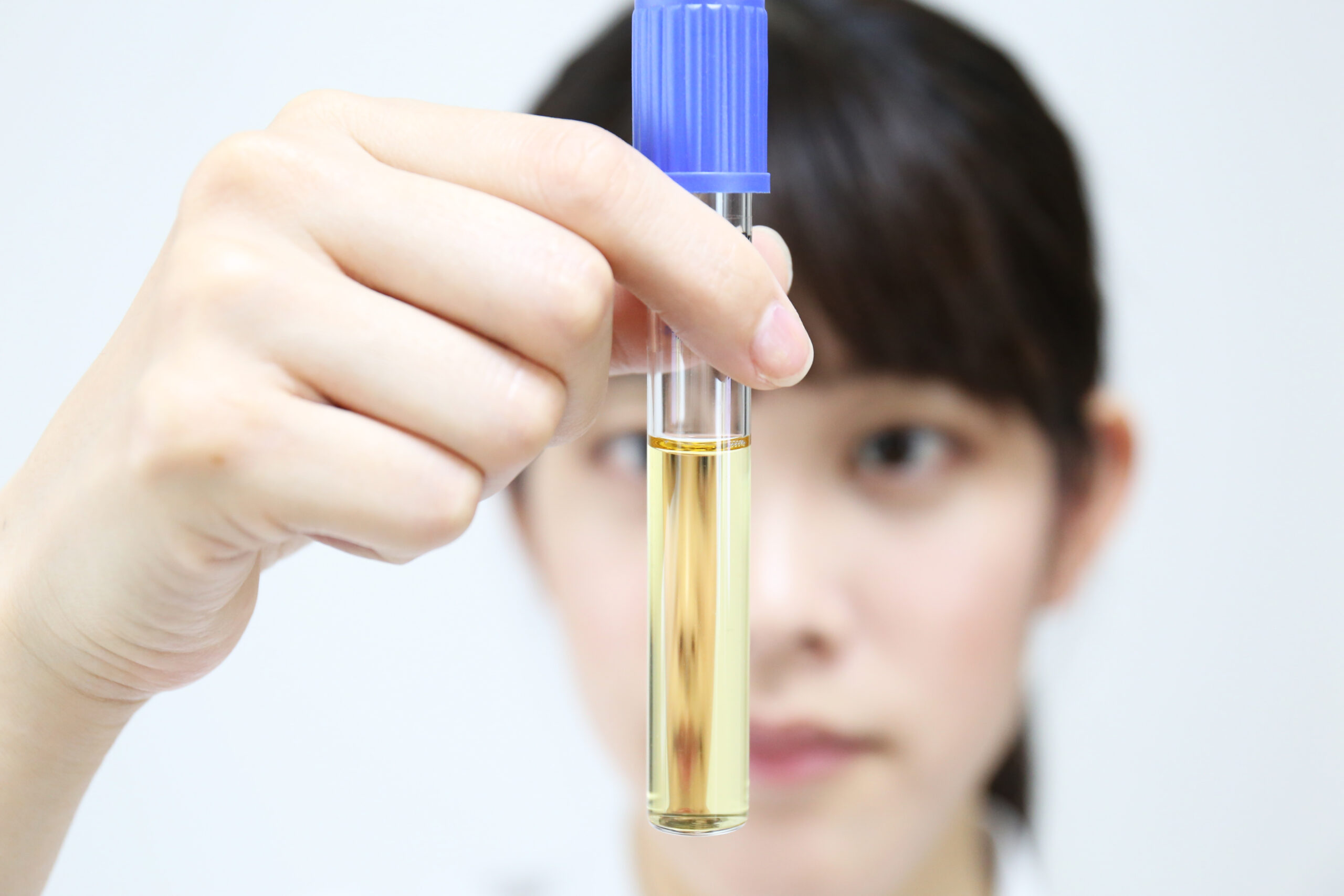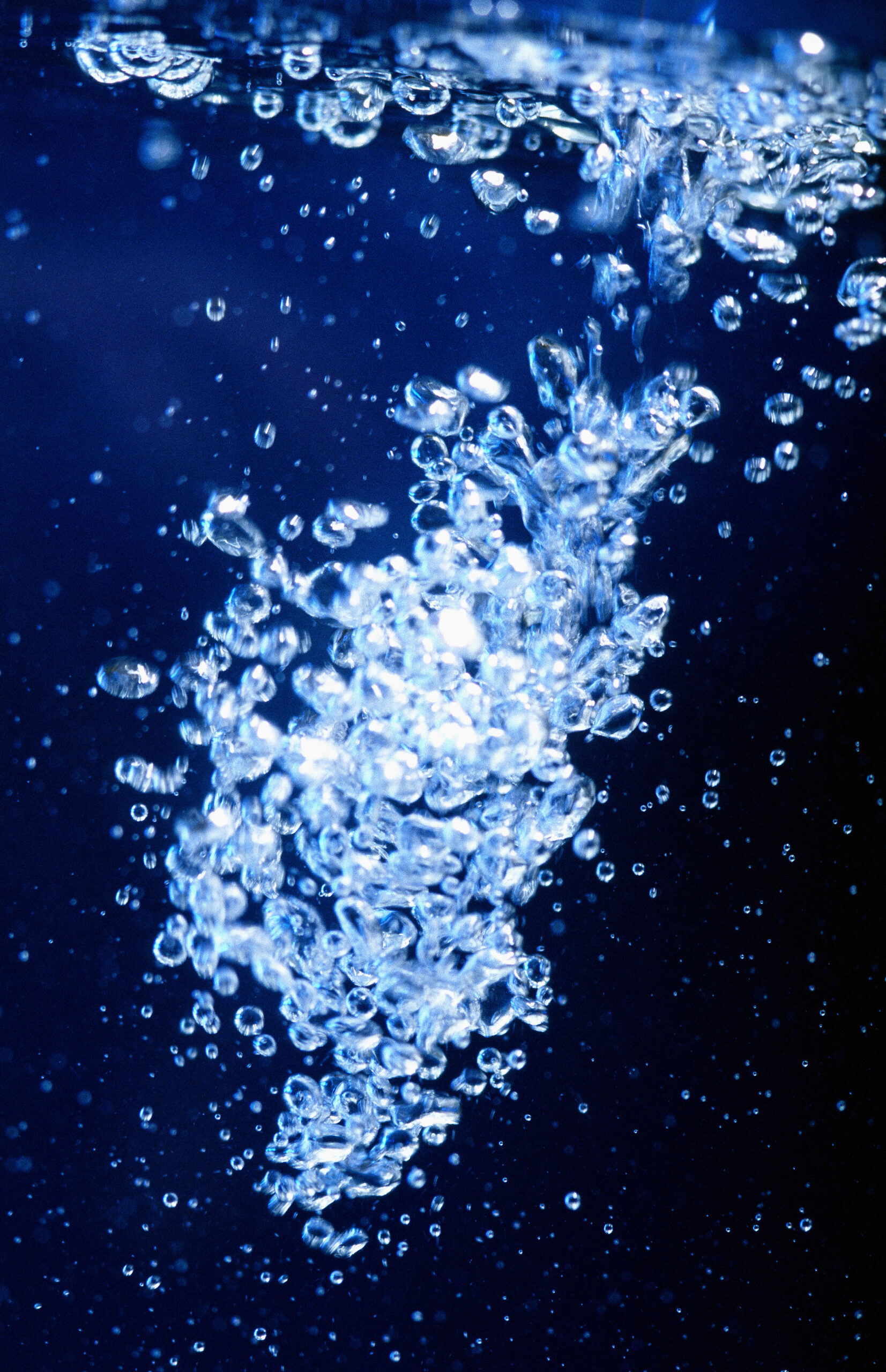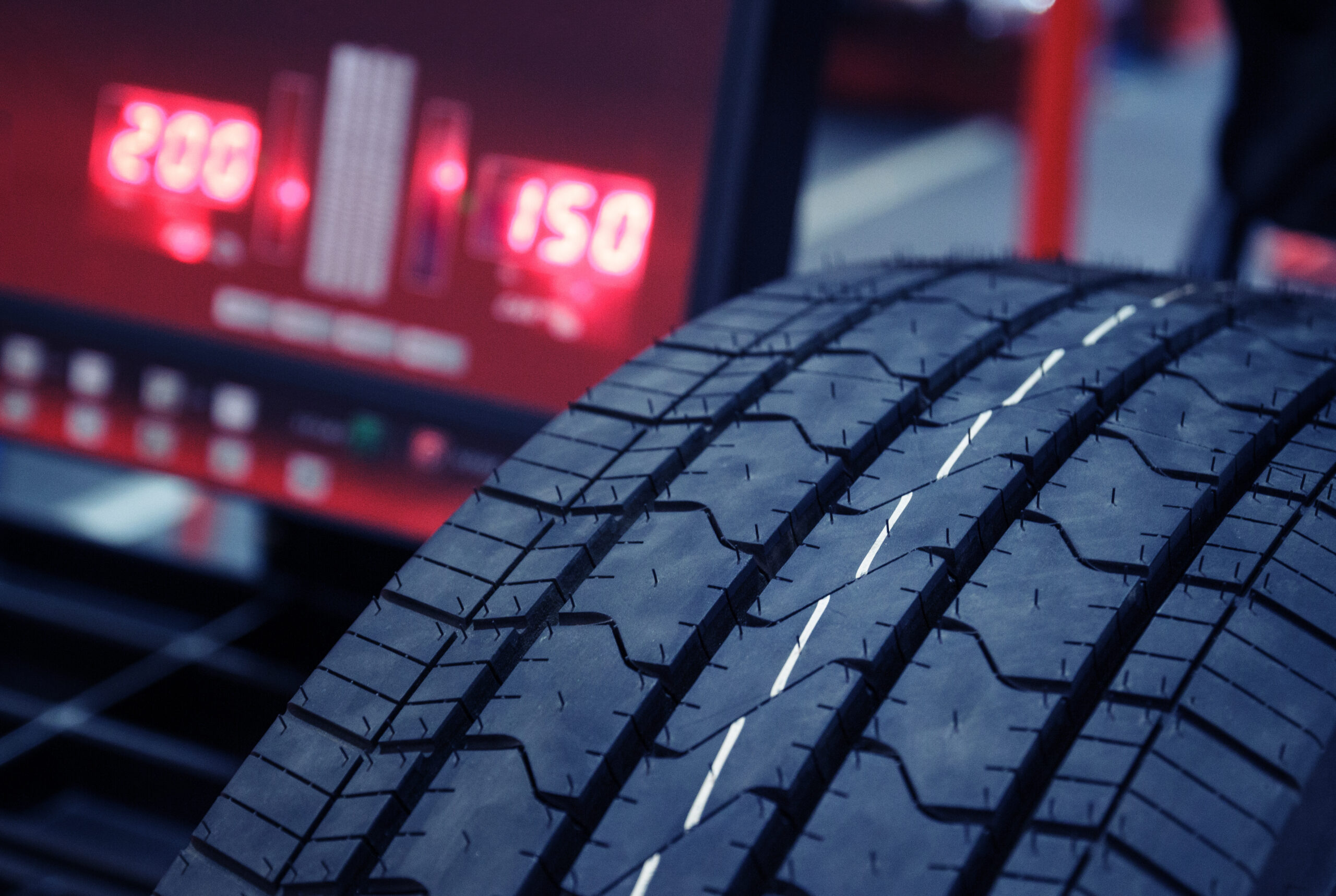
Pyrolysis (pyr)-GC/MS analysis of characteristic thermal decomposition fragments has been previously used for qualitative fingerprinting of organic sources in environmental samples. A quantitative pyr-GC/MS method based on characteristic tire polymer pyrolysis products was developed for tread particle quantification in environmental matrices including soil, sediment, and air.
The feasibility of quantitative pyr-GC/MS analysis of tread was confirmed in a method evaluation study using artificial soil spiked with known amounts of cryogenically generated tread. Tread concentration determined by blinded analyses was highly correlated (r2 ≥ 0.88) with the known tread spike concentration.
Two critical refinements to the initial pyrolysis protocol were identified including use of an internal standard and quantification by the dimeric markers vinylcyclohexene and dipentene, which have good specificity for rubber polymer with no other appreciable environmental sources.
A novel use of deuterated internal standards of similar polymeric structure was developed to correct the variable analyte recovery caused by sample size, matrix effects, and ion source variability. The resultant quantitative pyr-GC/MS protocol is reliable and transferable between laboratories.







